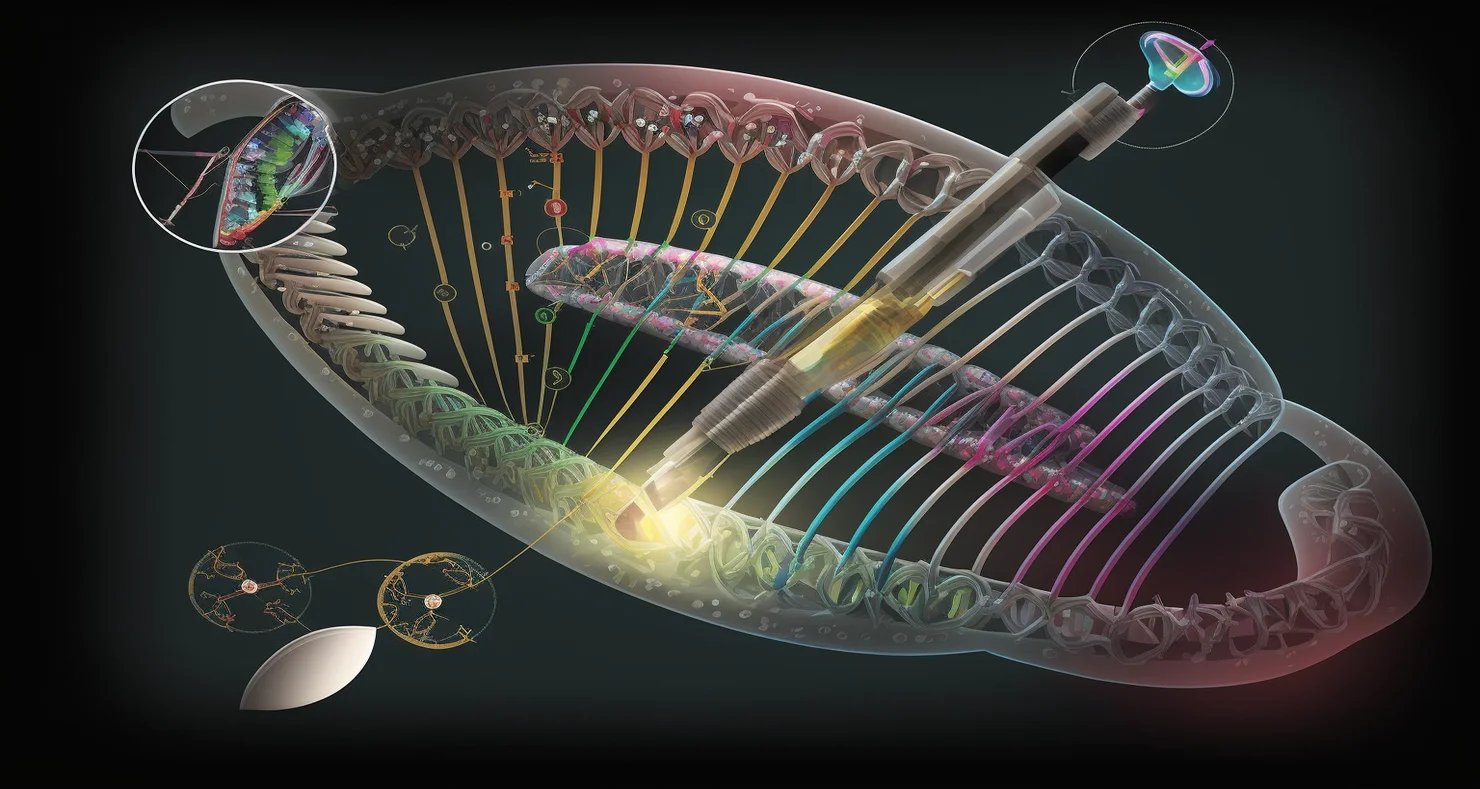CRISPR is one of the most promising technologies of recent years, and its role will only grow in the coming years.
However, not everyone understands exactly how gene editing works.
CRISPR/Cas9 is a powerful genome editing tool. It is based on an element of the bacterial defense system, which biologists have adapted to make changes in the DNA of plants, animals and even humans. The technology makes it possible to make corrections in just a few days, not weeks or months. Never before has mankind had such a precise tool for manipulating genes.

The story of CRISPR began in 1987, when Japanese scientists studying Escherichia coli discovered unusual repetitive sequences in its DNA. Their biological significance was not clear, but soon similar fragments were found in the genome of other bacteria and archaea. The sequences were called CRISPR – Clustered Regular Interspaced Short Palindromic Repeats.
For a while, this discovery was of interest only to microbiologists. But that all changed in 2011 when biologists Jennifer Doudna and Emmanuel Charpentier decided to study the CRISPR mechanism more precisely. They discovered that the Cas9 protein could be fooled by giving it an artificial RNA. A protein carrying such RNA will look for genetic fragments that match what it carries. Once it finds a match with someone else’s DNA, it will start chopping it up, whether it belongs to a virus, a plant, or an animal. As Doudna and Charpentier noted in a 2012 paper, this mechanism can be used to cut any genome in the right place.
In February 2013, it was proven that CRISPR/Cas9 could be used to edit DNA in mouse and human cell cultures. Moreover, it turned out that the technology allows not only to remove of unnecessary genes but also to insert of other genes in their place. To do this, it is sufficient to add DNA repair enzymes.

Scientists quickly realized the enormous promise of CRISPR. While only 100 papers on it were published in 2011, by 2017 that number had reached more than 14,000.
There are almost endless potential applications for the technology. First, CRISPR allows scientists to figure out the function of various genes. It is enough to simply cut the gene under study from the DNA and see which functions of the organism are affected. However, the public is much more interested in practical applications. These can be divided into several points:
- Changes in agriculture
- Combating hereditary diseases
- New antibiotics and antiviral drugs
- Genetic Drive
- Creation of “designer babies.”

Designer babies get the most public attention. However, according to scientists, so far our technological capabilities do not allow us to create babies with given qualities. For example, thousands of genes are responsible for the level of intelligence, and it is impossible to correct all of them. Perhaps in the future technology will reach the right level, but for now there is nothing to worry about.
Not all scientists consider CRISPR to be a safe technology. For example, according to a recent study, gene editing can cause extensive off-target mutations. The authors of another paper note that CRISPR is wrong 15% of the time.













